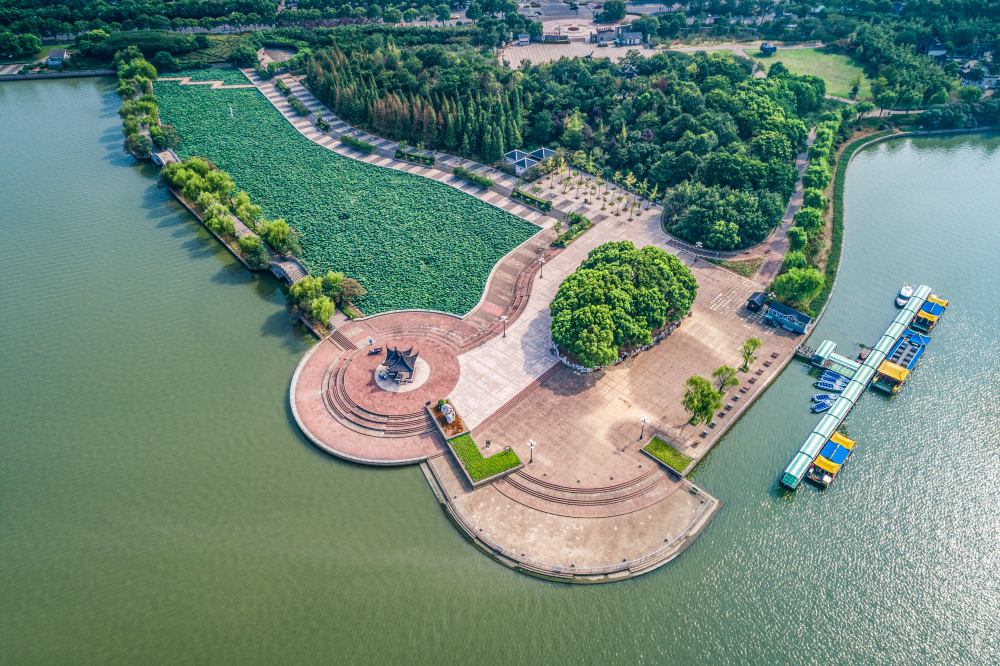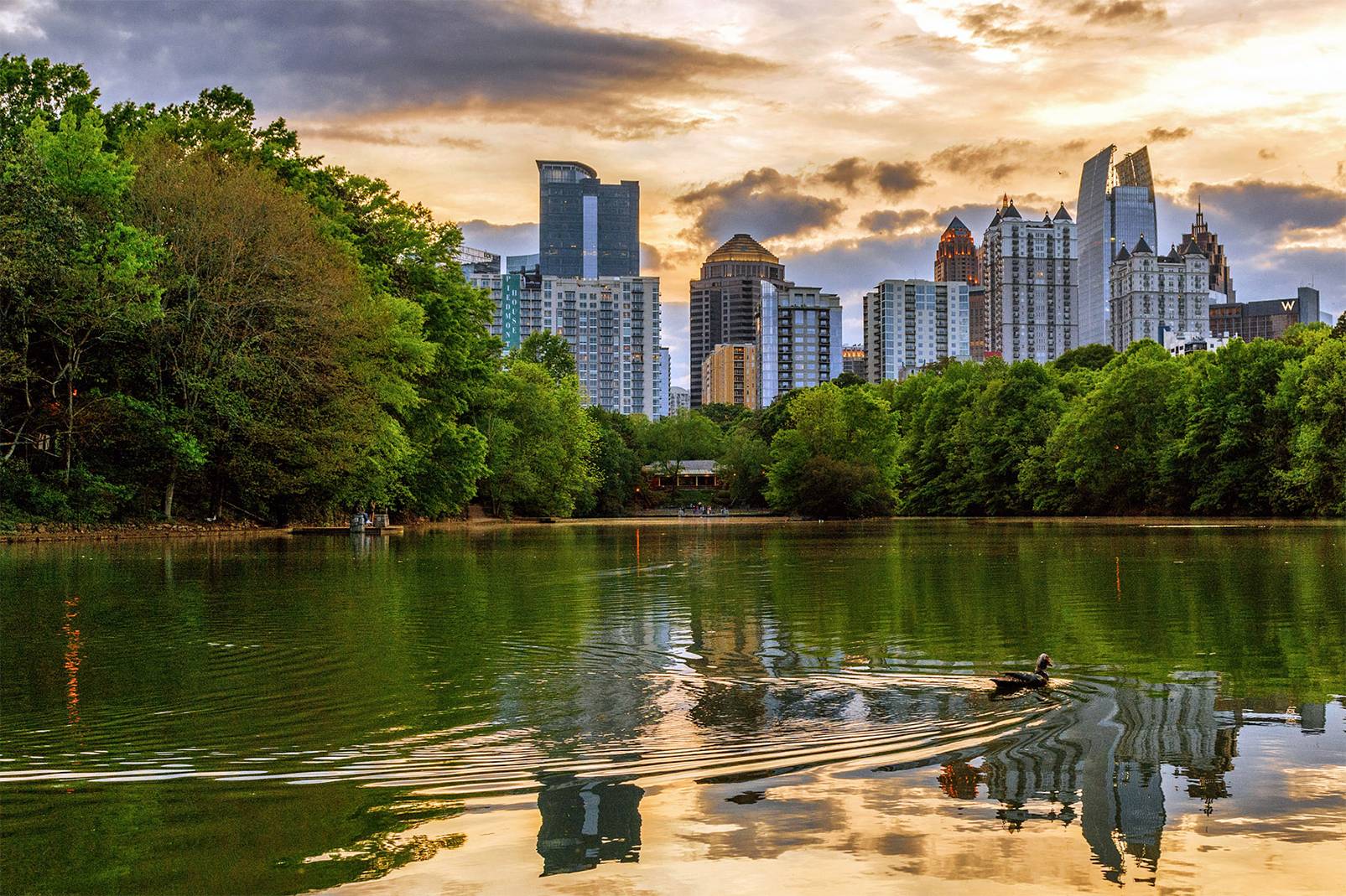
Lakes and ponds contribute significantly to the aesthetic appeal, ecological balance, and recreational utility of an area. However, diligent pond and lake management is essential to maintain their allure and functionality. On this page brought to you by Aquatic Restoration, we’ll touch on some best practices to help you with your lake or pond maintenance.
If you’d rather leave the lake, detention pond, or retention pond maintenance to trained professionals, then call Aquatic Restoration to consult with a seasoned specialist today. With decades of industry experience, Aquatic Restoration has what it takes to transform your old lake into a picture-perfect one.
A cornerstone of effective pond and lake management is regularly monitoring water quality. This involves testing for parameters such as pH levels, dissolved oxygen, nutrient concentrations, and clarity. Periodic assessments enable property owners to identify imbalances and take corrective measures before water quality deteriorates. Professional testing services and water quality meters are valuable as experts will use sophisticated devices and equipment.
Installing aeration systems is a proactive measure to enhance water quality. These systems, such as diffused aerators and fountains, promote oxygen exchange and prevent the accumulation of harmful gases. Adequate oxygen levels support a thriving ecosystem by sustaining fish populations, minimizing algae growth, and reducing the risk of foul odors.
Establishing vegetative buffer zones along the shoreline is a critical practice for maintaining water quality. These zones act as natural filters which prevent pollutants from entering the water. Native plants not only stabilize the shoreline but also provide habitat for wildlife, fostering biodiversity. Well-maintained buffer zones mitigate erosion and runoff, reducing the risk of sedimentation in the water.

Invasive aquatic plants can quickly overtake a pond or lake and disrupt the balance of the ecosystem. Implementing a regular vegetation management plan is essential to control invasive species and maintain a healthy aquatic environment. Herbicides, manual removal, and biological controls are among the methods used to keep unwanted vegetation in check.
Over time, ponds and lakes accumulate sediment which can lead to reduced water depth and compromised water quality. Implementing sedimentation control measures, such as sediment basins or dredging, helps prevent the buildup of sediment. Regular removal of accumulated sediment maintains the water body's capacity, prevents nutrient loading, and enhances overall water clarity.
Excessive nutrient levels, often caused by runoff from fertilized lawns or agricultural activities, can lead to algal blooms and water quality degradation. Adopting responsible nutrient management practices, such as using phosphorus-free fertilizers and employing best practices for landscaping, helps mitigate nutrient pollution.
Pond and lake management should always align with local regulations and environmental laws. Understanding and adhering to these guidelines ensures that property owners contribute to the preservation of water resources while avoiding potential legal ramifications.
There is too much to cover on this short page, but you can always call Aquatic Restoration if you have questions or concerns. Our team is on standby to take your call, arrange a consultation, or schedule an on-site visit for as soon as possible.
Sediment buildup is one of the biggest threats to lakes and ponds. It not only impacts water quality but also…
If you own a pond or lake, you know that proactive maintenance is an integral part of keeping the…
If you’ve ever walked outside and noticed your lake suddenly turn a murky shade of green, you’re not alone. Many…
Lakes are vital ecosystems that support wildlife, protect water quality, and enhance the quality of life for surrounding communities. Whether…
If you’re reading this, there’s a good chance you’re sick and tired of dealing with aquatic weeds that never…